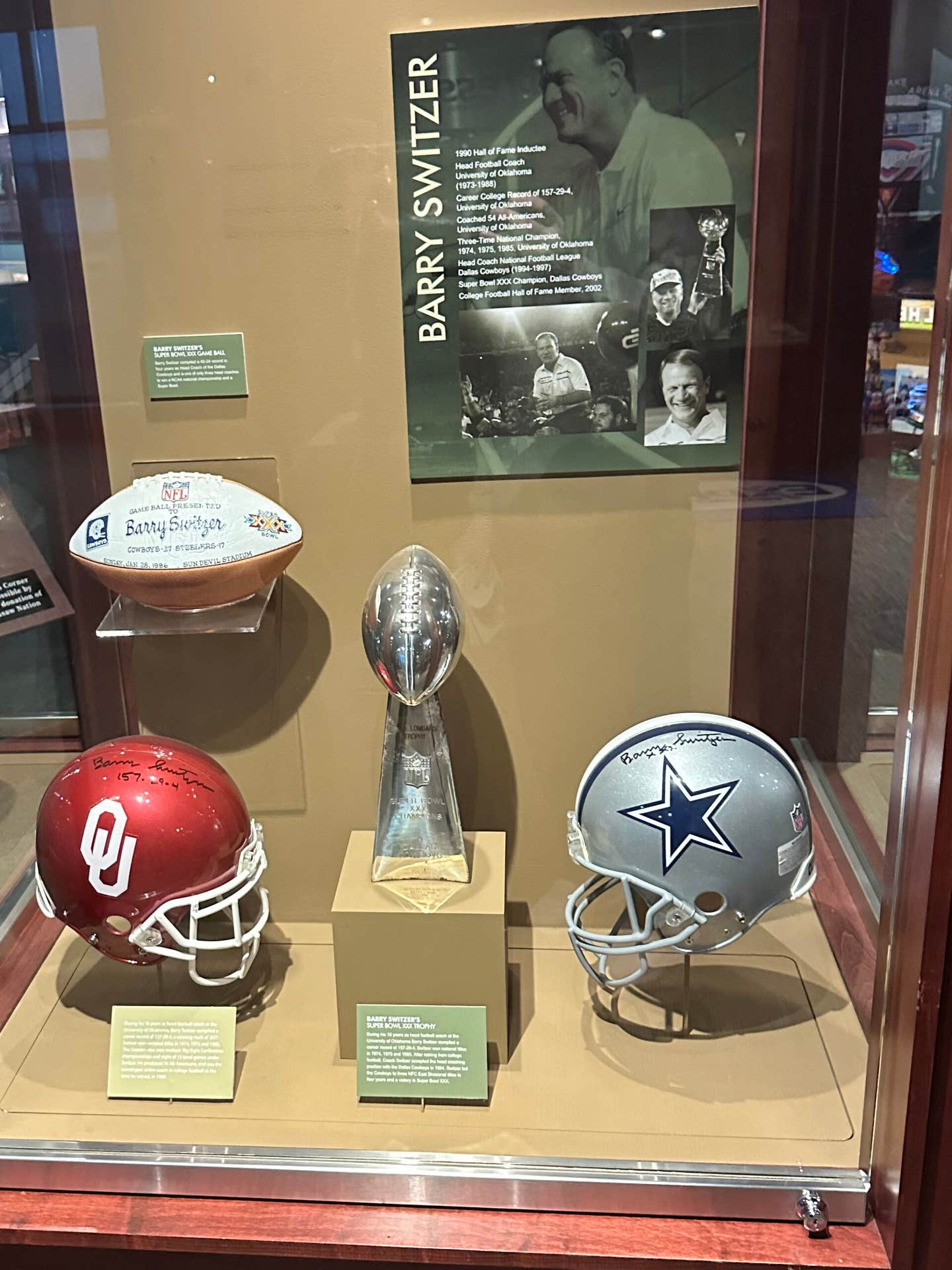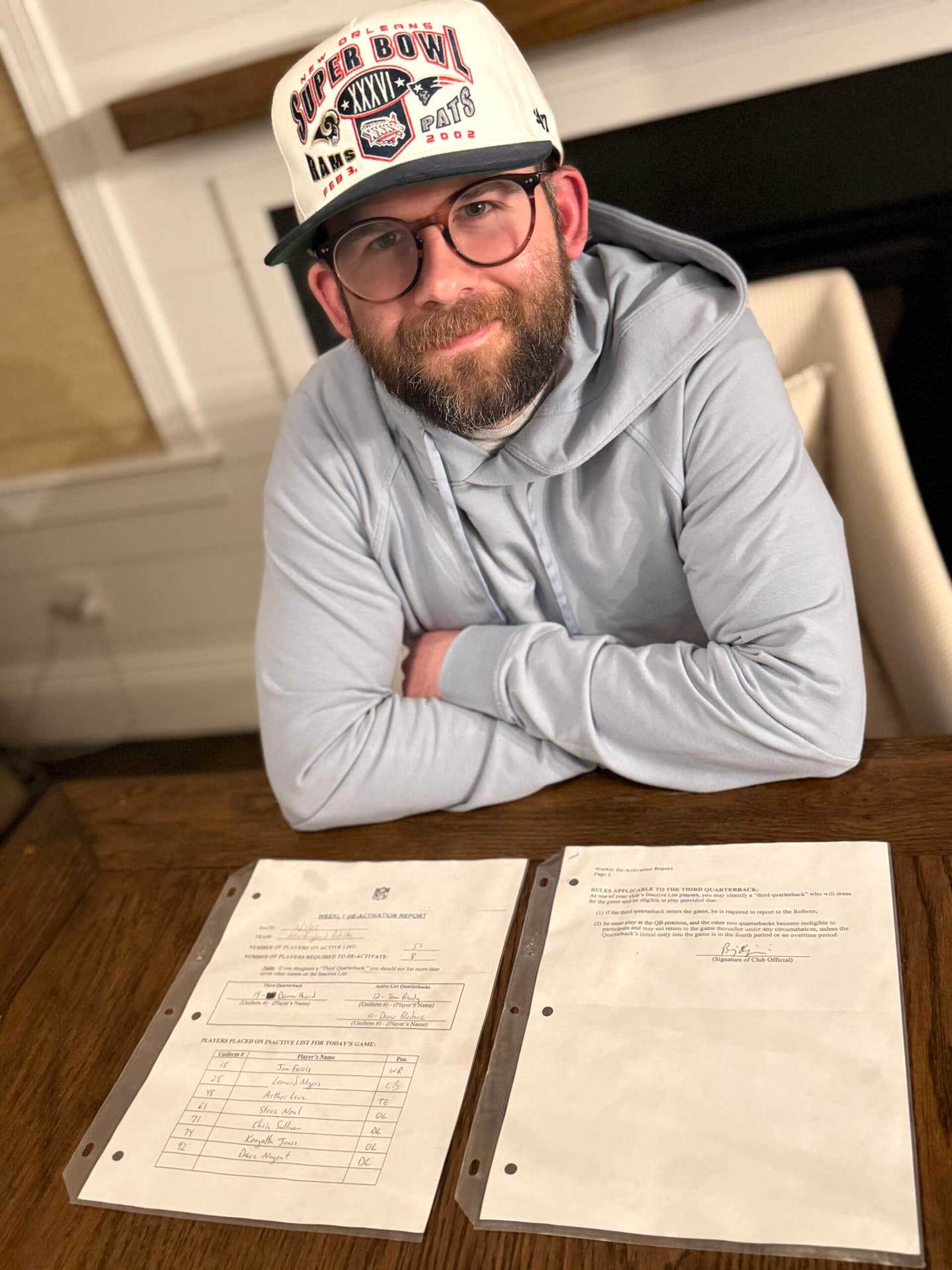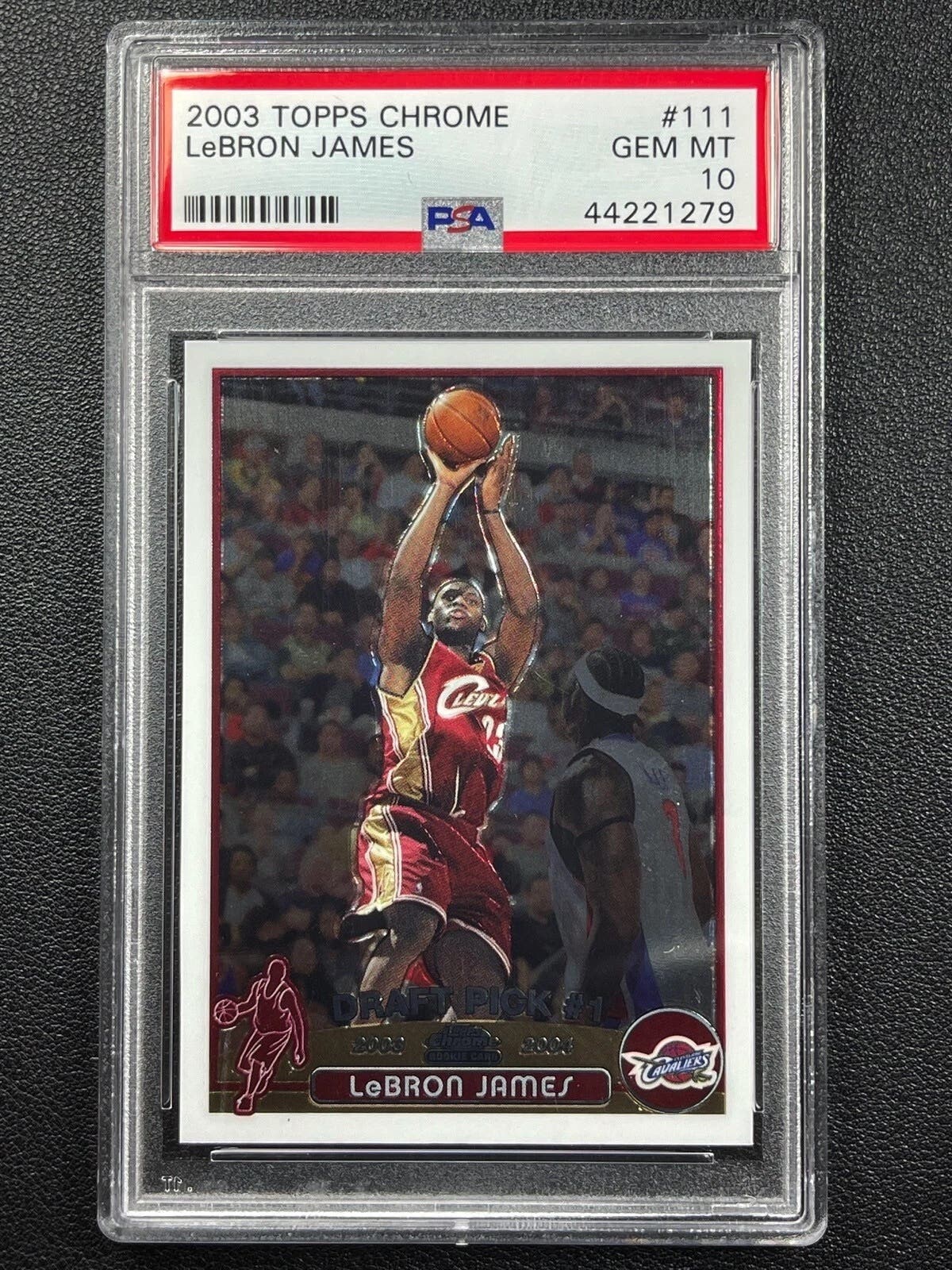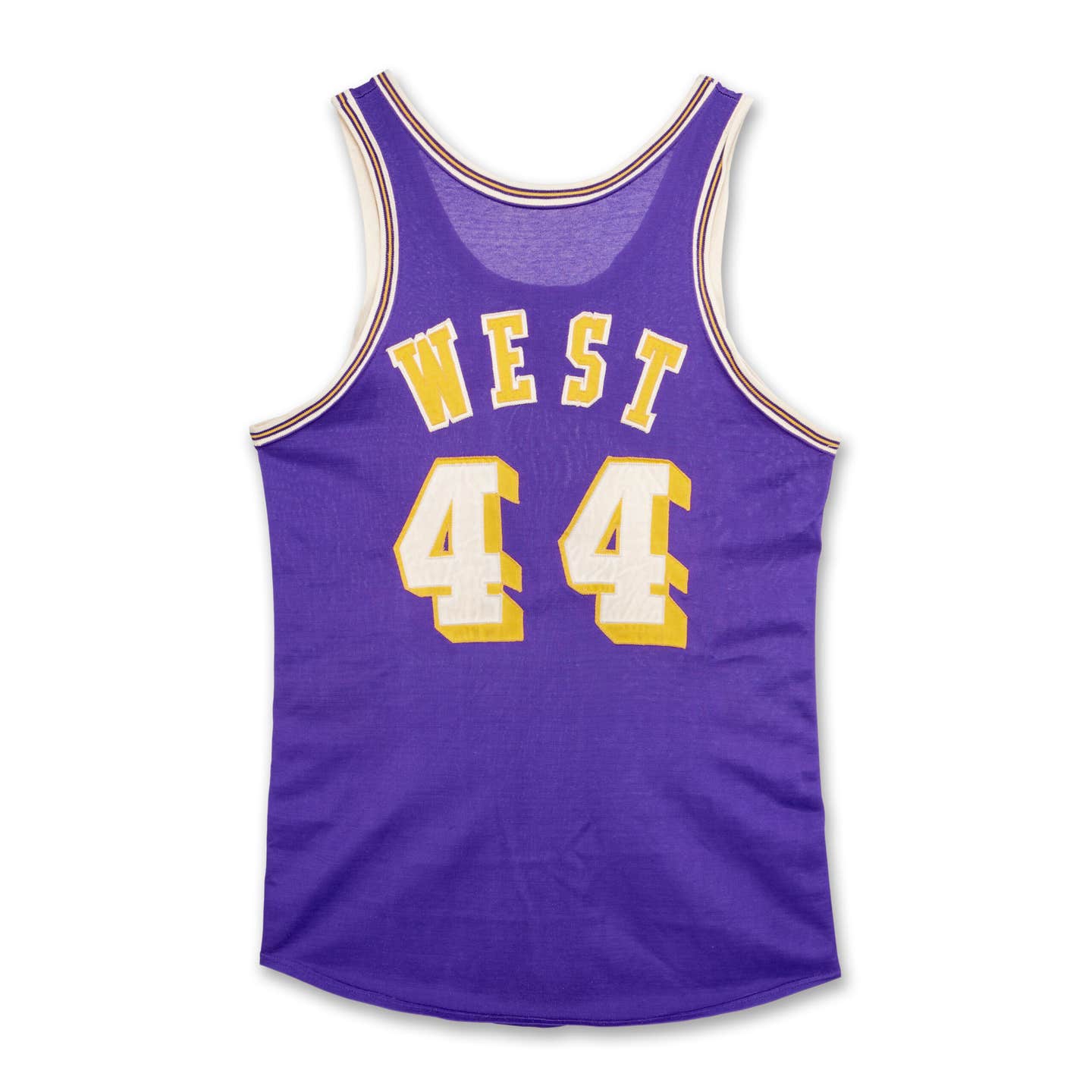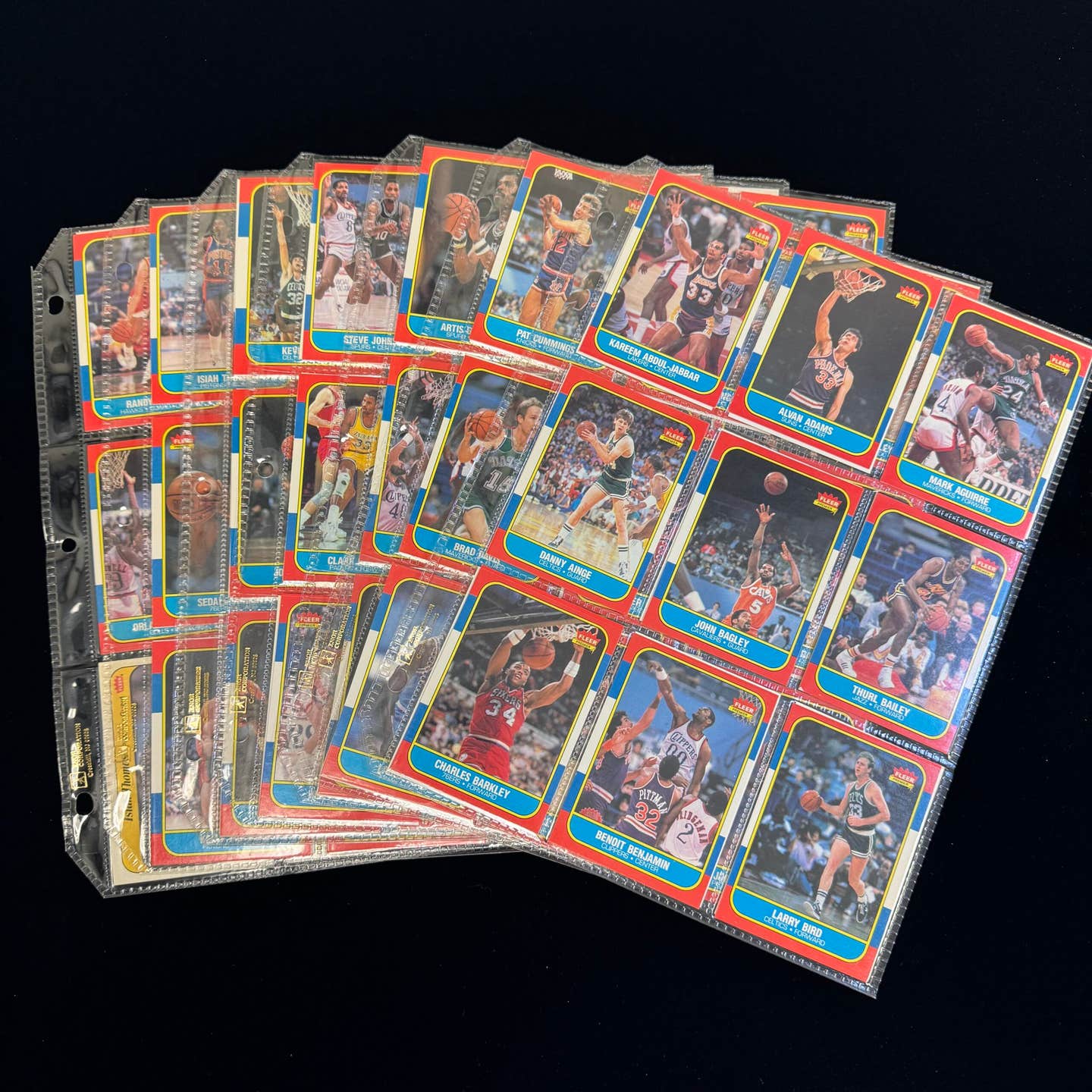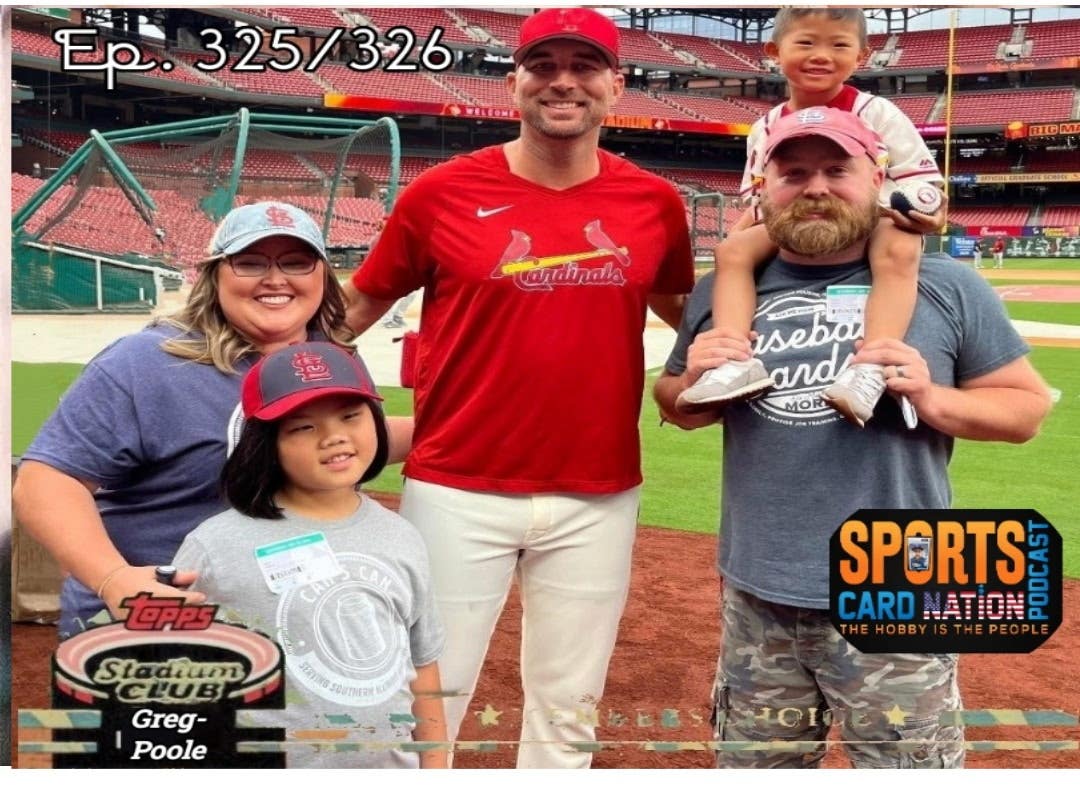News
Director of ‘The Countefeiter’ talks about Greg Marino and the 1998 home run chase
By Kevin Nelson
Brian Biegel is the director of “The Counterfeiter,” a new ESPN 30 for 30 film about the biggest autograph scandal in recent collecting history — the FBI’s 1999 Operation Bullpen bust of a southern California-based ring of forgers who defrauded the American public for $100 million by selling and distributing photographs, baseballs, posters, and other memorabilia supposedly signed by the likes of Babe Ruth, Mickey Mantle, Ted Williams, Michael Jordan, and other superstars.
“The Counterfeiter,” which debuted at the Tribeca Film Festival in New York, premiered on ESPN on May 17 but will be repeated on the network. It focuses on Greg Marino, the gang’s master forger, and the incredible amounts of fake stuff produced during the epic 1998 home run chase between Mark McGwire and Sammy Sosa.
To interview Biegel, Sports Collectors Digest called on Kevin Nelson, the author of Operation Bullpen: The Inside Story of the Biggest Forgery Scam in American History, the explosive 2006 book that was excerpted in SCD and that includes interviews with Marino and other members of the gang as well as the FBI agents who brought them down. Having spoken to both the FBI and Marino, Biegel and Nelson have a unique knowledge of this sensational case, which continue to impact the hobby to this day.
Nelson leads the questioning as the reporter for SCD:
SCD: Before we talk about “The Counterfeiter,” tell me a little about your background as a filmmaker.
Brian Biegel: As you may know, I invented the category of documentaries that cross sports, crimes, investigations and mysteries. This began with my documentary (and eventual book), Miracle Ball, which began filming in 2005. Miracle Ball implemented forensic science as a means to locate and verify the most famous artifact in sports history, Bobby Thomson’s 1951 “Shot Heard ’Round the World” baseball. After Miracle Ball, I furthered the concept of using CSI techniques to track down missing iconic sports artifacts by creating and selling “The Sports Detectives”—a docu-series, which aired on Smithsonian channel in 2015. The Counterfeiter seemed natural as the next non-fiction tale in a category, which as a filmmaker, I have carved out a successful niche.
SCD: Do you collect memorabilia yourself?
Biegel: I am not a collector but have a strong appreciation for artifacts that were used in historic sporting events. Unfortunately, I don’t have the kind of money that precious game-used collectables cost, so I look from a distance, but enjoy even seeing a photo of a vintage piece of game-used equipment.
SCD: Clearly, you must love sports.
Biegel: I come from a sports family. My mom and dad grew up Brooklyn Dodgers fans and when they met, bonded over their shared grief of the team moving to L.A. in 1957-58. My mom used to recite the Brooklyn Dodgers lineup to her three kids at the breakfast table every morning. Eventually, mom and dad adopted the N.Y. Mets as their baseball team. When MLB went on strike in 1994, mom was devastated. She was so angry she vowed never to watch her beloved sport again. She kept her promise for three-plus years and then the Sosa/McGwire home run chase began in 1998. She was hooked again. The excitement my family shared watching that HR chase during the summer/fall of 1998 is unforgettable.
SCD: That was truly an amazing season. And the chase is what “The Counterfeiter” focuses on.
Biegel: Seeing Fox cut into other games each time Mac or Sammy got up to bat — the network inserting a picture box with their at-bat — was ingenious and kept us tuning in to every game. These are memories of an era of baseball that I have never forgotten.
After becoming a professional filmmaker, I had always wanted to direct a film about the Mac/Sosa HR race but did not want to tell a straightforward narrative about the HR race and the predictable storylines about how each felt about making history. So I looked for a different hook.
First I began with the relationship Mac had built with the Maris family, but that did not pan out the way I wanted. As a filmmaker and TV producer interested in the true crime category, I researched through some of my FBI sources if there was anything fishy about steroids being used or other PEDs. Then, bingo, I was told about Mac spotting his autograph on merchandise in sports shops in malls, located in St. Louis. As I dug deeper, I learned about the counterfeit ring and the historic FBI investigation and I had my hook.
SCD: I write about that moment with McGwire in Operation Bullpen too. The forgers, including Greg Marino but certainly not only him, were going nuts especially in the last month of the race. When Sosa or McGwire reached, say, home run 60, they’d churn out hundreds of baseballs and posters and photos with fake sigs on them with the number 60. Then they’d do the same for 61, 62, etc. How did you get Marino to cooperate with you in the film?
Biegel: I contacted Greg Marino directly through an FBI source. At first, he wouldn’t take my phone calls. I chipped away, staying persistent and eventually got him corresponding through email. When we finally spoke on the phone I explained how he had an opportunity to help others by telling his story and the good-natured man he is, he began to see that after all these years, maybe it was time to try and let go of his demons publicly, while helping consumers learn about forged signatures at the same time.
SCD: That’s a real coup, being able to talk to Greg and have him appear on camera. I interviewed him for Operation Bullpen and, as far as I know, that was the first and only media interview he had done until “The Counterfeiter.”
Biegel: I am the only filmmaker in seventeen years to convince Greg to tell his story on camera. Part of being a successful film director — and writer — is knowing how to connect with people and rest their fears that they will be exploited. Greg checked out my track record of other films I made and was confident that I would be fair and tell his story objectively.
SCD: Obviously, Greg and the ring burned a lot of people in the collecting hobby, many of whom are still ticked off, justifiably, at what they did. He was aware that what he was doing was wrong and that he was ripping people off. On a personal level though, he struck me as being a very nice guy, genuinely repentant. I talked to his friends who were also involved in the forgery ring, and they all said the same thing about him.
Biegel: Greg is a man with a big heart and the classic sympathetic hero. He was conflicted during the whole time he was involved with the counterfeit operation. He knew he was the best artist for forging signatures in the world, as reported by the FBI after the fact, yet he remained humble. His major conflict was knowing his acts were illegal, but he also knew the joy he’d potentially bring to others who would ordinarily not ever have a chance of acquiring their favorite player’s autograph.
SCD: Greg’s brother and his father and mother were also part of the ring, along with many others. Were you able to talk to them?
Biegel: None of his other family members were involved in the movie.
SCD: Based on the trailer, I see that Tim Fitzsimmons, the lead FBI agent, and John Ferreira, the undercover agent in the case, were also involved. They were tremendously helpful to me in researching my book as well.
Biegel: As the leading FBI agents, Tim and John were more than happy to supply on-scene information for the film.
SCD: One of the things that constantly amazes me is how much interest the Operation Bullpen case continues to generate after all these years. The original bust of the gang was in 1999. Then came the big splash of national publicity after the San Diego FBI press conference in which the FBI announced the bust and showed off the warehouse full of fake merchandise along with the infamous Mother Teresa baseball. My book came out a few years after that and it created a big stir. Now, seventeen years after the bust, your film is coming out on ESPN, and it’s drawing lots of buzz. Why is your film important for people to see now?
Biegel: I think the film is important on many levels. Objectively speaking, I believe it’s an entertaining film that also is informative and educational. Anyone who is an autograph collector must watch this film. Not to mention, if you like watching a real-life investigation about a subject that involves an historic sports event, this is a film you will enjoy…and learn a great deal from. Lastly, hearing the insider information from both the feds and the criminals about the record-setting $100,000,000 sting operation and how the FBI meticulously infiltrated the seemingly impenetrable forgery ring is a gripping tale filled with emotional conflict and high drama.
SCD: Indeed it is. Thank you for your time.
Kevin Nelson is the author of Operation Bullpen: The Inside Story of the Biggest Forgery Scam in American History. His website is www.operationbullpen.com.



